
Recommendation
In response to the 2008 financial crisis, policy officials around the globe crafted a vast new regulatory architecture to decrease the risk of large financial institutions failing and thus prevent future systemic shocks to the economy. Economists Lawrence H. Summers and Natasha Sarin assess the outcome of these efforts. They argue that the safety of the world’s biggest financial organizations may not be as robust as government leaders believe. getAbstract recommends their rigorous and discerning report to policy makers and financial professionals.
Summary
About the Authors
Natasha Sarin is a PhD candidate at Harvard University, where Lawrence H. Summers is president emeritus and a professor of economics.
By the same authors
Learners who read this summary also read
Book
Article













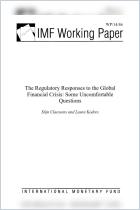
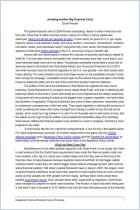
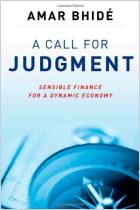
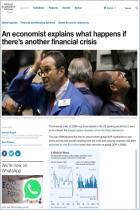
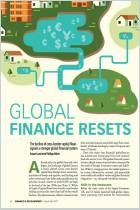





Comment on this summary or 开始讨论